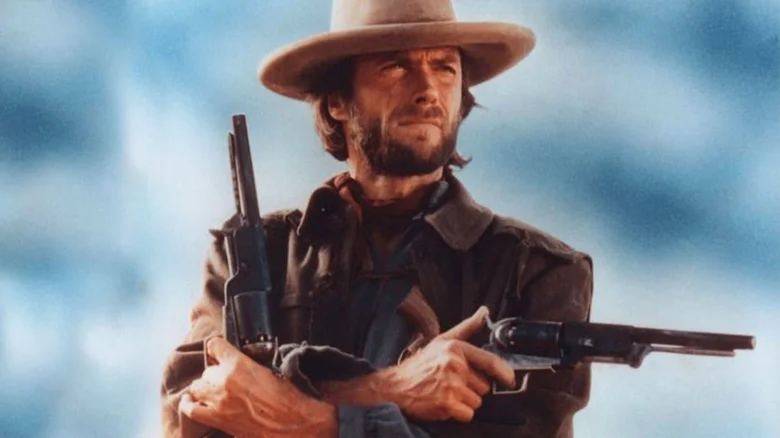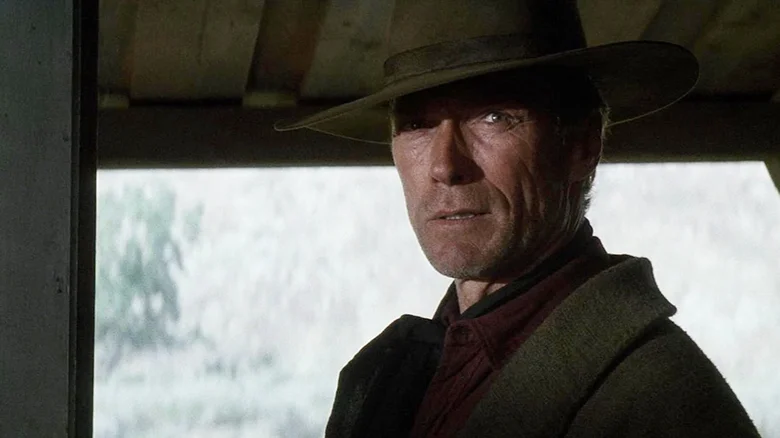Clint Eastwood had at last achieved film stardom in the United States when Sergio Leone’s “Dollars Trilogy” was meted out to theaters over the course of 1967 and ’68. The films were hits internationally, but had been held back from U.S. theaters because distributors were concerned Akira Kurosawa and Toho might sue them due to 1964’s “A Fistful of Dollars,” the first movie in the trilogy, bearing a remarkable similarity to the Japanese director’s masterpiece “Yojimbo” (which was itself an unofficial adaptation of Dashiell Hammett’s “Red Harvest”). Toho did sue, but the success of the second and third films, which were top-down originals, more than offset what they lost over the first movie.
In any event, Eastwood had emerged as a Western antihero for a new, rebellious generation. While he was more than happy to knock out more oaters in roughly the same revisionist vein as Leone’s movies, he was eager to expand his range. He wanted to make contemporary cop flicks and more thematically challenging fare like Don Siegel’s gothic thriller “The Beguiled.” He was also keen to direct. There were numerous reasons for his interest in stepping behind the camera, one of which was amusingly pragmatic.
We’ve all got it coming, kid

In a 2005 interview with Amy Taubin for Film Comment, Clint Eastwood revealed that his directorial aspirations were in part about career longevity. As he told Taubin:
“The reason I started directing 37 years ago was I thought some day I or the audience would probably look at the screen and say, ‘That’s enough of that.'”
This was almost 20 years ago, so it’s interesting to hear Eastwood lament that, at the time, there weren’t “enough good roles at my age.” Since then, he’s only appeared in three movies that he directed, and it is currently unclear if he’ll take a role in the rumored “Juror #2,” which will allegedly be his big-screen swan song.
I, for one, never got tired of seeing Eastwood on screen, but his last two performances in “The Mule” and “Cry Macho” were hard to watch. Then again, that’s basically the point. Eastwood is a wizened shadow of his formerly virile self. This is what it looks like if you’re lucky enough to still be standing and coherent in your 90s. There’s an admirable defiance on display here; no one at Warner Bros. is going to say no to Eastwood, especially since he’s renowned for bringing his movies in on time and under budget.
So he’s using his final years to level with his audience. He’s not hiding his age. I can’t think of another movie star who’s been less precious with his image. We may never see anyone like Clint Eastwood again. Appreciate him while he’s here.
